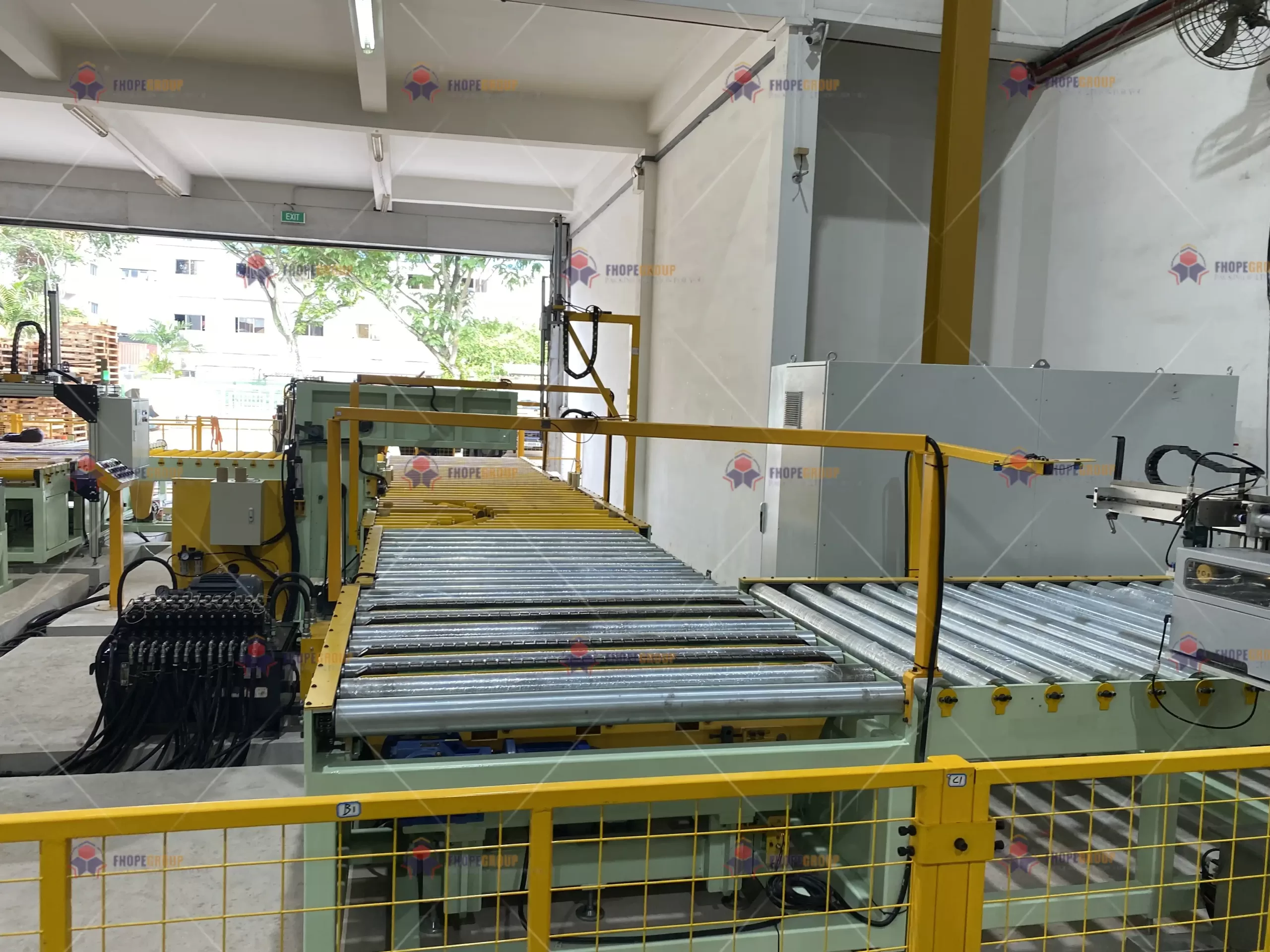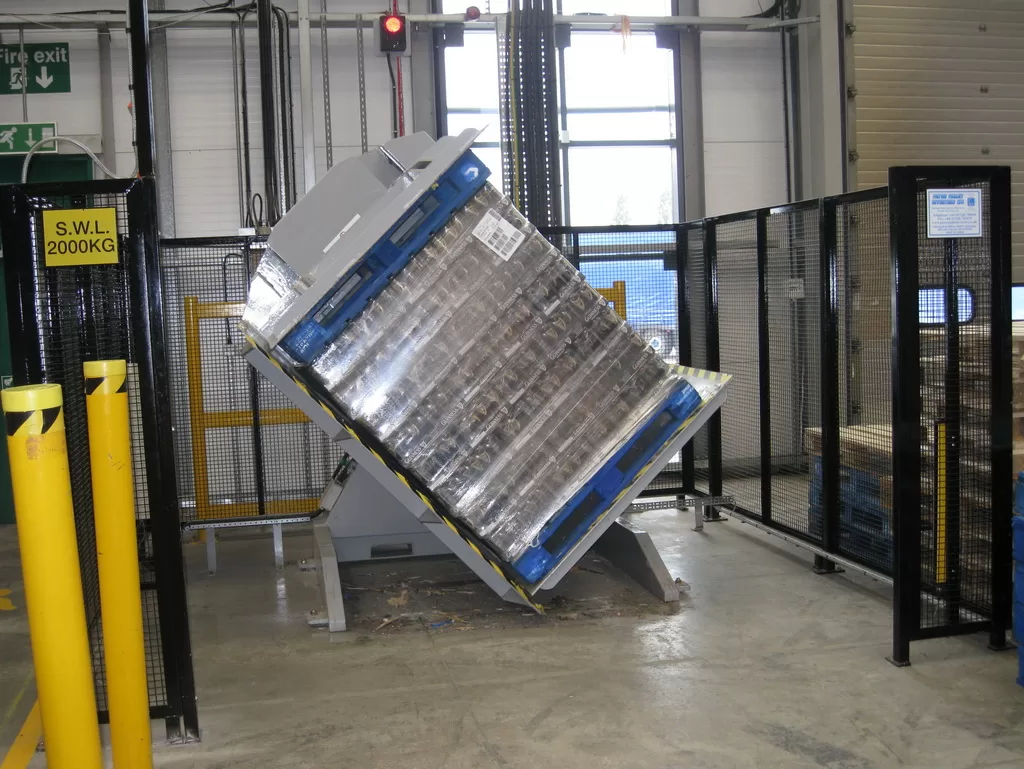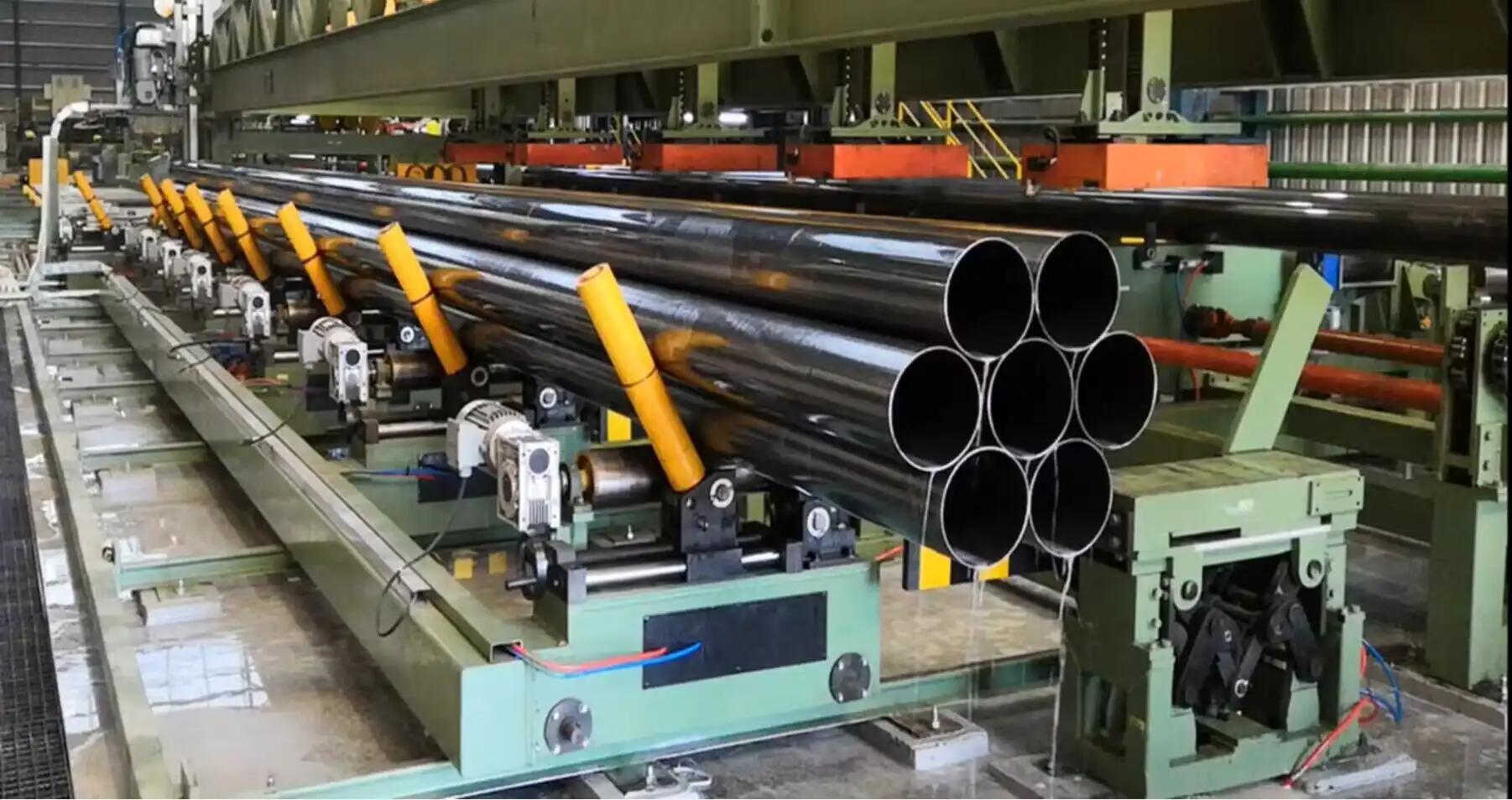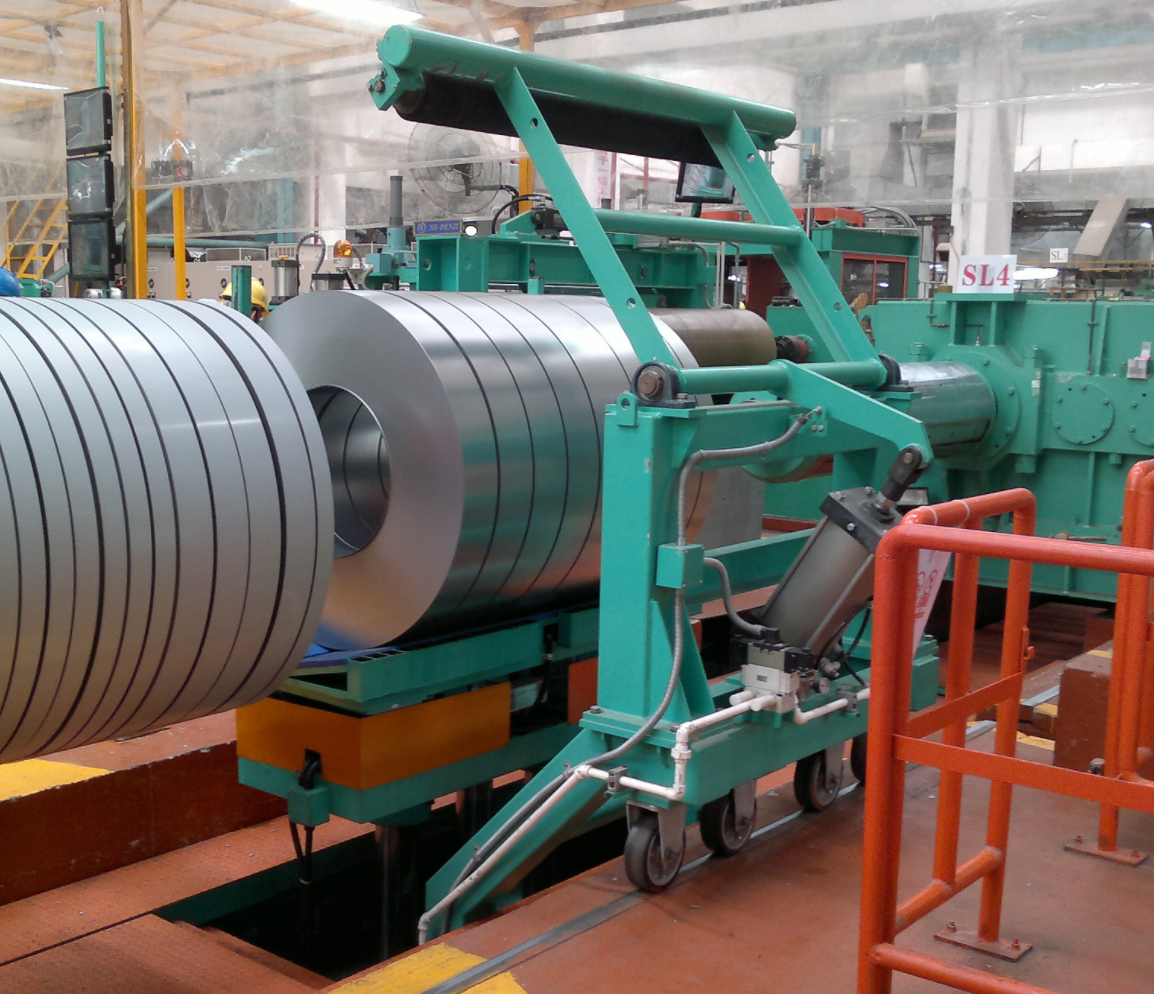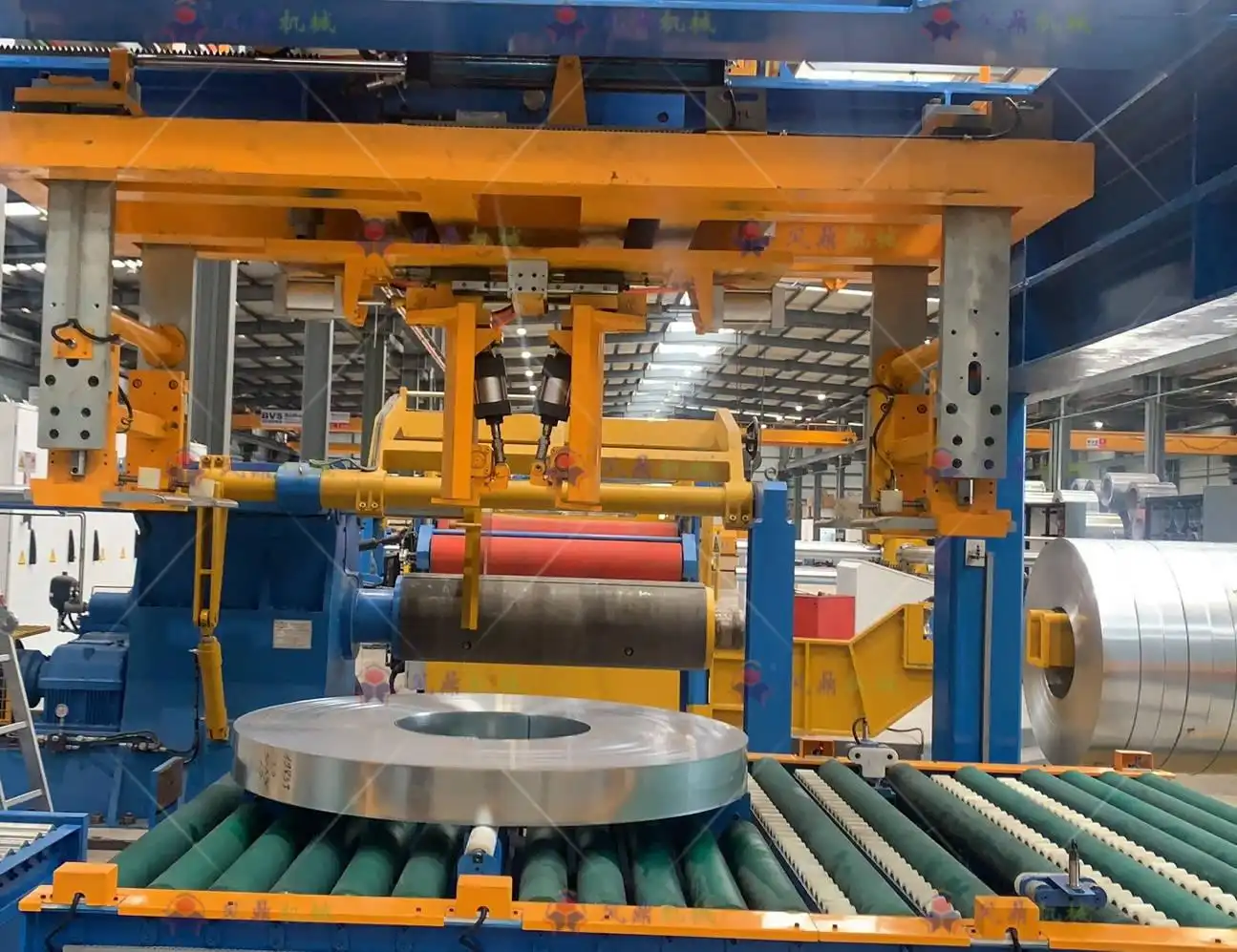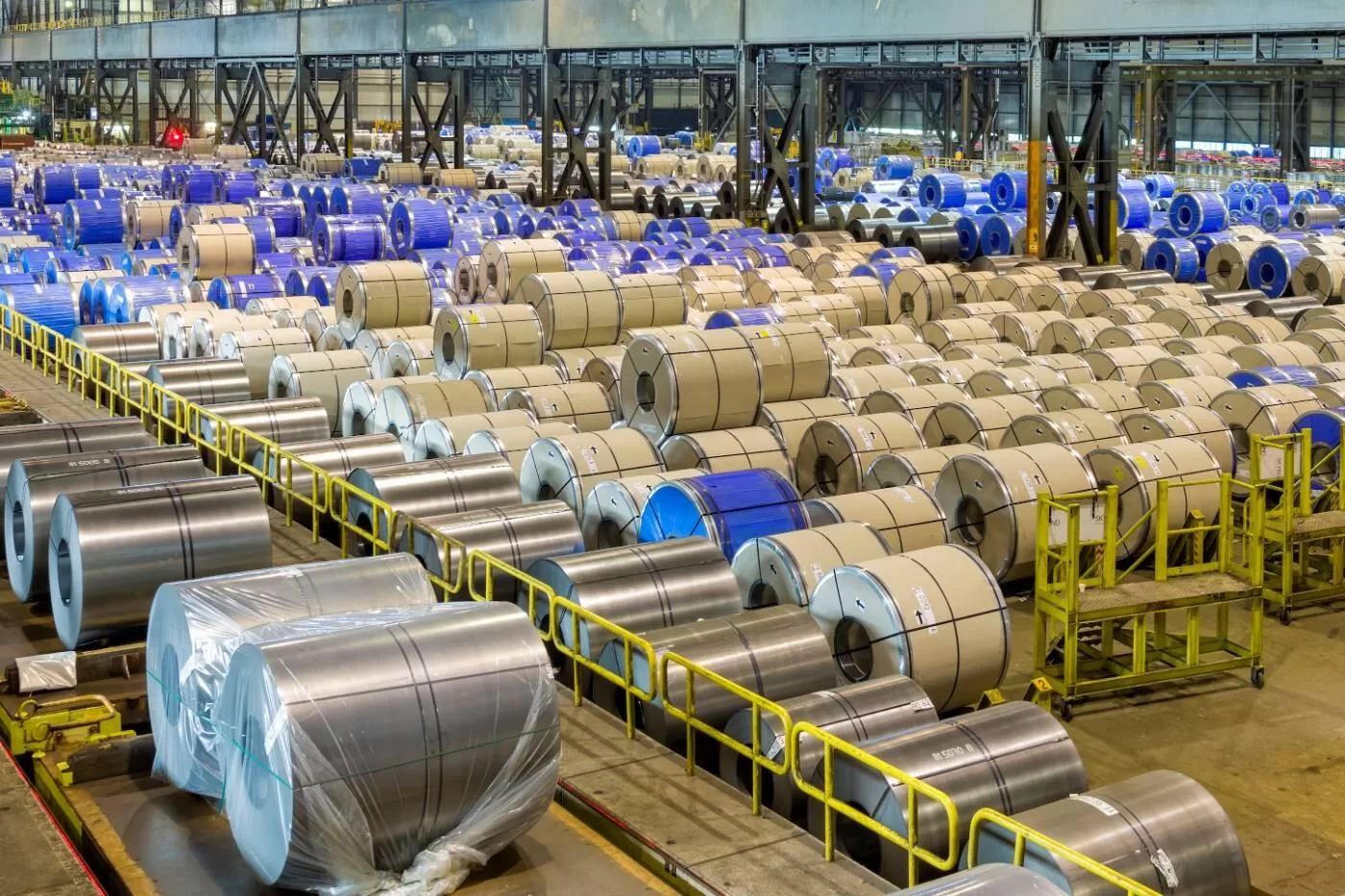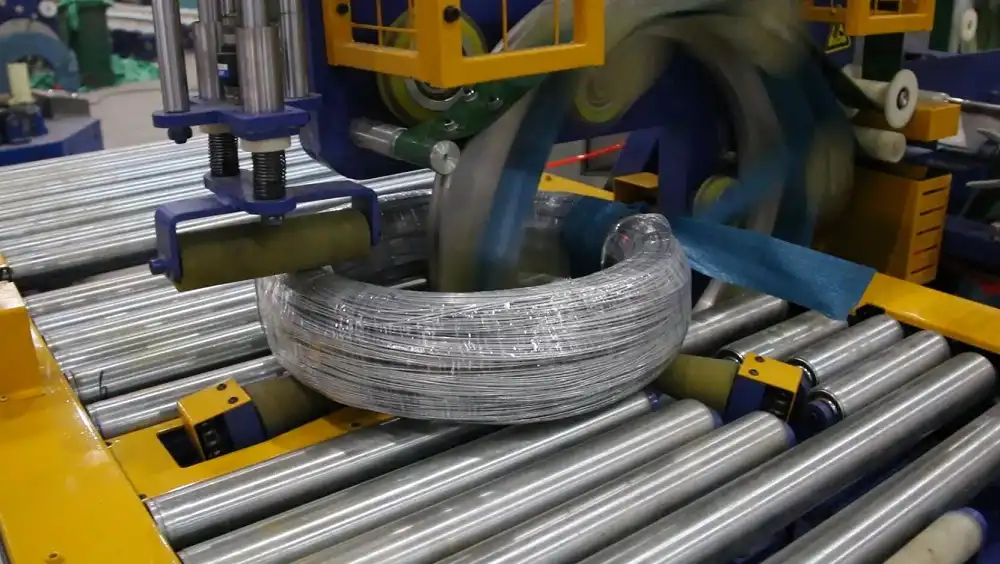The Machines You Should Know About for PPR Pipe Bundle Packing
The realm of PPR (Polypropylene Random Copolymer) pipe installation involves a diverse range of activities. Among these, efficient and reliable PPR pipe bundle packing is a crucial element. The right machines can significantly improve productivity.
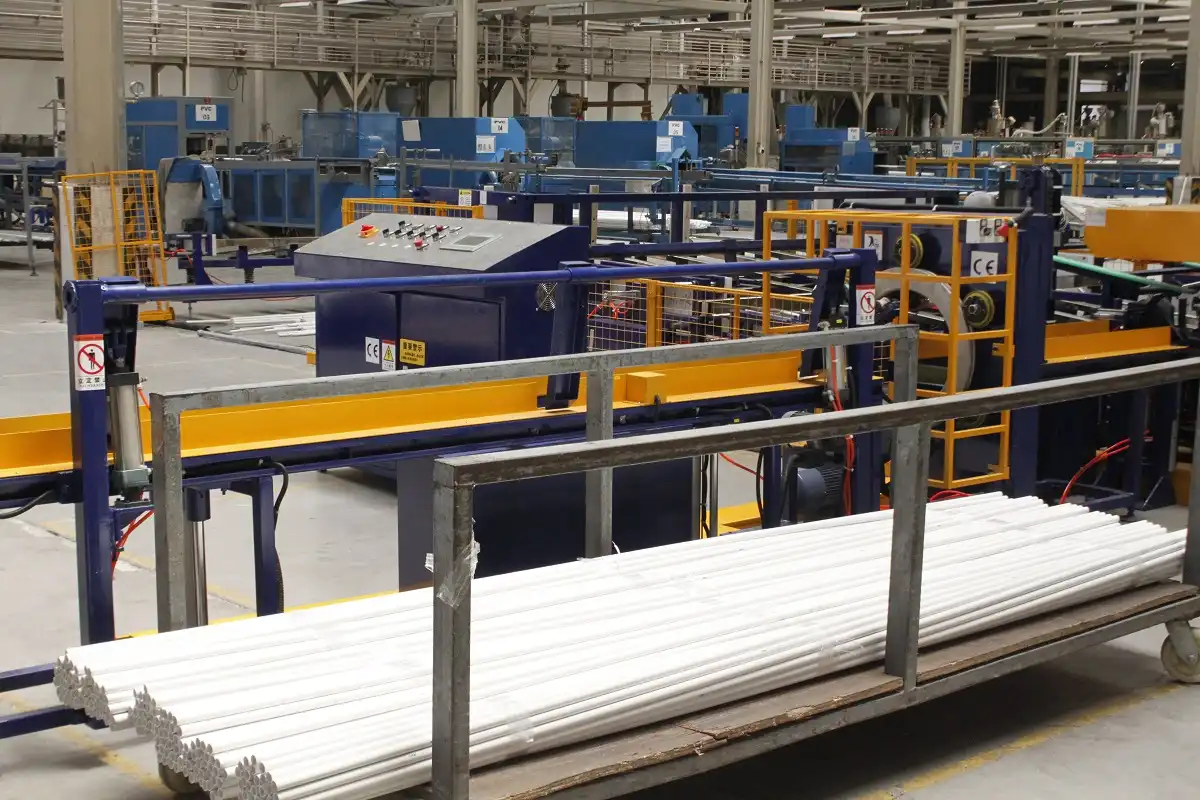
Looking for an efficient way to streamline your PPR pipe bundle packing process? Automated packing machines offer a solution by integrating counting, weighing, and packaging. This guarantees precise package weights and quantities while reducing labor costs. These machines handle various pipe fitting specifications, including elbows, tees, and straight pipes.
Investing in automated PPR pipe bundle packing machinery can revolutionize your production line. Read on to explore the key features, types, and benefits of these innovative machines.
1. Understanding Automatic PPR Pipe Packing Machines
Automatic PPR pipe packing machines represent a significant advancement in material handling and packaging technology. These machines are designed to automate the process of counting, arranging, and packaging PPR pipes into bundles for shipping or storage.
Automatic PPR pipe packing machines streamline the packaging process, boosting efficiency and accuracy. They employ advanced technology like photoelectric sensors and precision weighing systems. This ensures correct counts and consistent bundle weights. The automation minimizes manual labor, enhances productivity, and reduces the risk of errors in packaging.
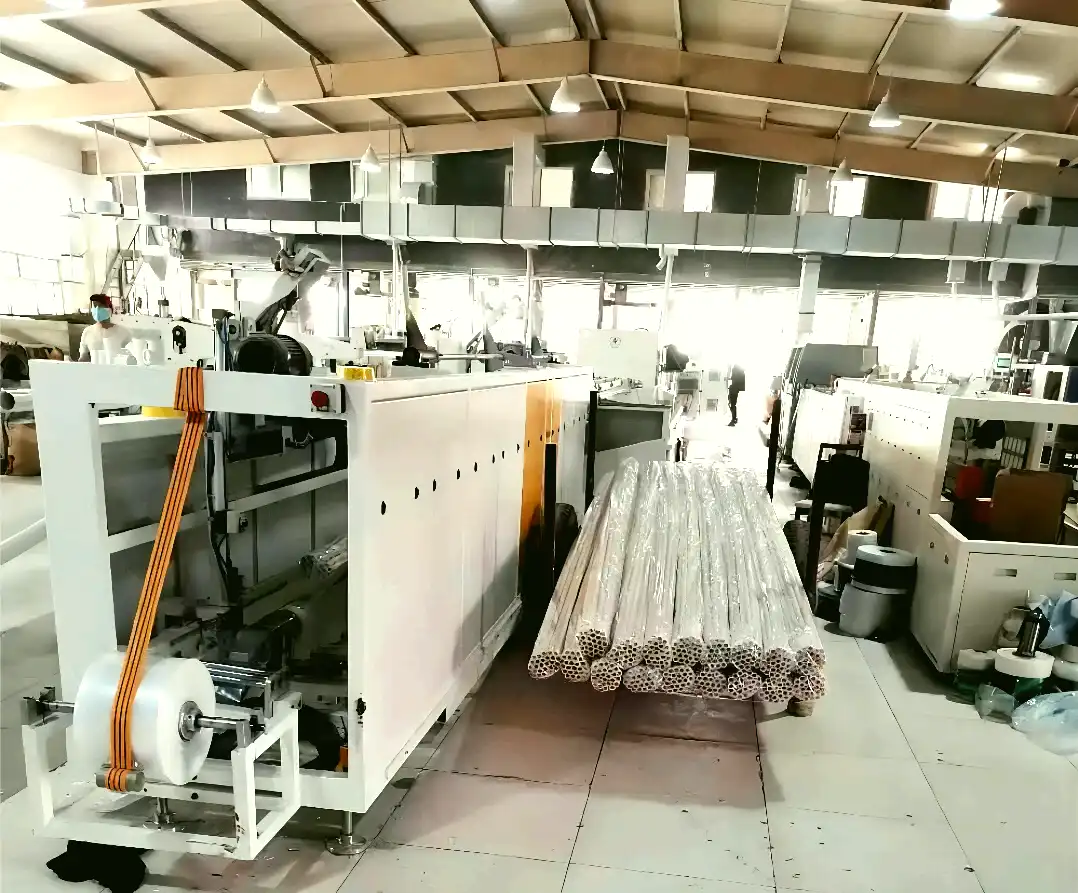
To fully appreciate the value of automatic PPR pipe packing machines, let’s delve into the specific benefits they offer and the different types of machines available.
Demystifying the Benefits and Types of Automatic PPR Pipe Packing Machines
The benefits of incorporating automatic PPR pipe packing machines into your production line are multifaceted. Improved efficiency, enhanced accuracy, reduced labor costs, and increased throughput are just a few advantages. However, selecting the right machine requires a careful evaluation of your specific needs and requirements.
Efficiency and Throughput: Automated systems significantly reduce packing time compared to manual methods. The increase in throughput translates directly to higher production capacity.
Accuracy and Consistency: Advanced sensors and control systems ensure precise counting and weighing, minimizing errors and maintaining consistent bundle sizes.
Labor Cost Reduction: Automation reduces the need for manual labor, lowering operational costs and freeing up personnel for other tasks.
Reduced Material Waste: Precise control over packing processes minimizes material waste from overpacking or incorrect bundle sizes.
Improved Safety: Automated systems reduce the risk of worker injury associated with repetitive manual tasks and heavy lifting.
To best illustrate the differences between various types of automatic PPR pipe packing machines, the following table compares three common models based on key features and specifications:
| Feature | Model A (Semi-Automatic) | Model B (Fully Automatic) | Model C (High-Speed) |
|---|---|---|---|
| Automation Level | Semi-Automatic | Fully Automatic | Fully Automatic |
| Pipe Diameter Range | 20-110mm | 20-160mm | 20-200mm |
| Packing Speed (Bundles/Hour) | 10-20 | 20-40 | 40-60 |
| Weighing Accuracy | +/- 50g | +/- 20g | +/- 10g |
| Control System | PLC | Touchscreen HMI | Advanced PLC |
| Price Range | $10,000 – $20,000 | $25,000 – $40,000 | $45,000 – $60,000 |
Choosing the appropriate machine depends on factors like production volume, pipe size range, budget constraints, and desired level of automation. Semi-automatic machines offer a cost-effective entry point, while fully automatic and high-speed models are ideal for high-volume operations demanding maximum efficiency and accuracy.
2. Exploring Different Types of PPR Pipe Bagging Machines
While bundling is essential for handling large quantities of PPR pipes, bagging offers individual protection and ease of distribution. PPR pipe bagging machines are designed to automatically encase single or multiple pipes in plastic bags. This provides a barrier against dust, moisture, and scratches during transport and storage.
PPR pipe bagging machines offer an efficient way to protect individual pipes or small bundles. These machines automate the process of placing pipes into plastic bags, sealing them securely, and often printing labels or identifying information. They ensure product integrity and streamline distribution.
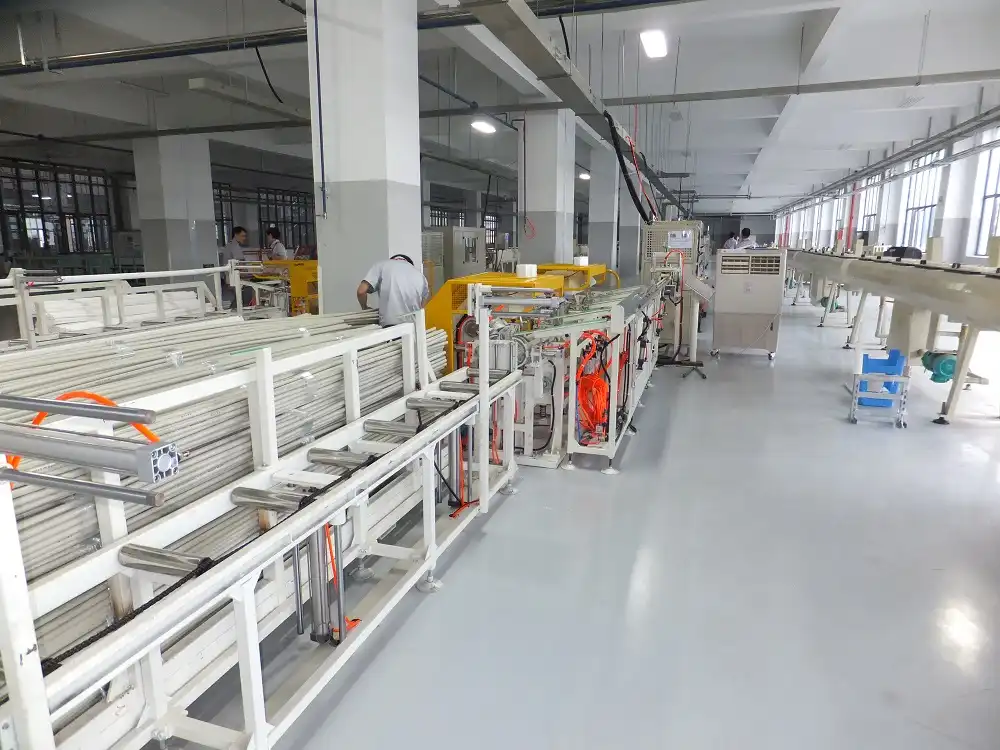
To understand the nuances of PPR pipe bagging machines, we need to delve into their functionalities and the technical considerations involved.
A Deep Dive into Functionality and Technical Specifications of PPR Pipe Bagging Machines
PPR pipe bagging machines utilize a variety of mechanisms to achieve automated bagging. Key components include feeding systems, film unwinding and forming units, sealing mechanisms, and control systems. The specific design and technical specifications vary depending on the desired bagging speed, pipe diameter range, and bag material.
Several key technical aspects of PPR pipe bagging machines are highlighted below:
- Feeding System: Automates the process of conveying individual pipes or pre-bundled pipes into the bagging area.
- Film Unwinding and Forming Unit: Unwinds the plastic film from a roll, forms it into a bag shape around the pipe(s), and prepares it for sealing.
- Sealing Mechanism: Hermetically seals the open end of the bag using heat sealing, impulse sealing, or other techniques.
- Control System: Coordinates the entire bagging process, controlling the timing and sequence of each operation. This often incorporates sensors and feedback mechanisms to ensure accurate and reliable performance.
- Bag material: Requesting for hot sealing material, such as PP and PE film.
Understanding these technical details is crucial for selecting the right PPR pipe bagging machine for your specific needs. Factors such as the pipe diameter, bag material, and desired bagging speed will all influence the optimal machine configuration. Moreover, considering the level of automation, control system sophistication, and integration capabilities will further ensure a seamless and efficient bagging process. The price of a PPR pipe packing machine is around USD6000.00-8000.00/SET based on different configurations.
3. Integrating Bundling and Bagging: A Comprehensive Packaging Solution
The ultimate solution for PPR pipe packaging often involves integrating both bundling and bagging processes. Combining these two functionalities creates a comprehensive packaging line that optimizes efficiency, protection, and presentation.
For optimal PPR pipe packaging, consider integrating bundling and bagging. This comprehensive approach combines the efficiency of bundling for large quantities with the protective benefits of bagging for individual pipes or smaller bundles. The result is streamlined operations, enhanced product protection, and improved presentation.

Let’s explore how such integrated systems work and the key considerations for implementing them effectively.
Designing and Implementing Integrated PPR Pipe Packaging Systems
Integrated PPR pipe packaging systems typically consist of a series of interconnected machines and conveyors that automate the entire process from pipe feeding to finished package output. These systems can be customized to accommodate various pipe sizes, bundle configurations, and bagging requirements.
Key aspects of integrated systems include:
| Component | Function | Considerations |
|---|---|---|
| Pipe Feeding System | Automatically feeds individual pipes or pre-bundled pipes into the system. | Pipe size range, feeding rate, and integration with upstream production processes. |
| Bundling Machine | Forms bundles of PPR pipes according to pre-defined configurations. | Bundle size, strapping material, and bundle tightness. |
| Conveyor System | Transports bundles between different stations within the system. | Conveyor speed, load capacity, and integration with other machines. |
| Bagging Machine | Automatically places bundles into plastic bags and seals them. | Bag size, film material, and sealing method. |
| Labeling/Printing Unit | Applies labels or prints information (e.g., product codes, batch numbers) onto the bags. | Label size, printing method, and data integration with inventory management systems. |
| Palletizing System | Automatically stacks finished bags onto pallets for shipping. | Pallet size, stacking pattern, and integration with warehouse management systems. |
When implementing integrated PPR pipe packaging systems, careful planning is essential. Factors such as floor space availability, production volume, and budget constraints must be considered. Collaborating with experienced packaging system integrators can help ensure a smooth and successful implementation.
4. Factors Influencing the Choice of PPR Pipe Packing Solutions
When selecting the right PPR pipe packing solutions, several factors come into play. These considerations ensure that the chosen solution aligns with your operational needs, budget, and long-term goals.
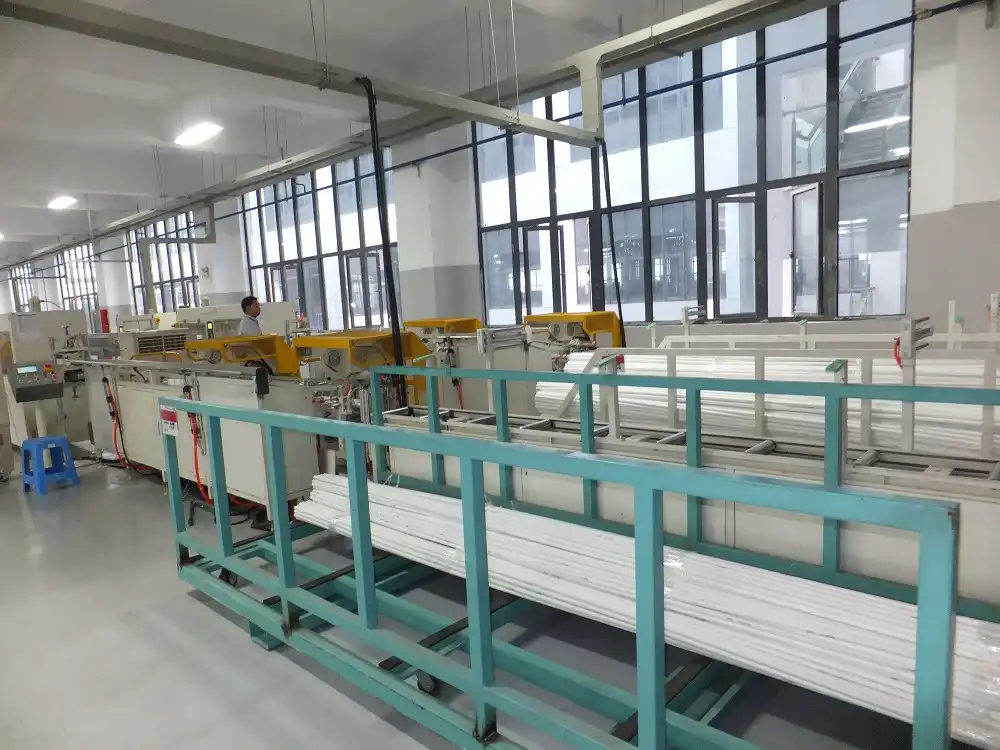
Choosing the right PPR pipe packing solution involves considering production volume, pipe dimensions, budget, automation needs, and space constraints. Evaluate your specific requirements to make an informed decision.
Choosing the right pipe packing machine is a very important decision. With our guide, you’ll know exactly what to look for.
Comprehensive Guide to Selecting Optimal PPR Pipe Packing Equipment
The selection process involves a thorough analysis of various aspects of your production line and the desired outcomes.
- Production Volume: High-volume operations may require fully automated systems, while lower-volume operations can benefit from semi-automatic solutions.
- Pipe Dimensions: The machine should accommodate the range of pipe diameters and lengths you handle.
- Budget: Consider the initial investment, operational costs, and potential ROI.
- Automation Needs: Determine the level of automation required to meet your production goals.
- Space Constraints: Ensure the machine fits within your available floor space.
Additionally, the following aspects are important to consider:
- Material Compatibility: The machine should be compatible with the materials used for PPR pipes and packaging.
- Maintenance Requirements: Opt for machines with easy maintenance and readily available spare parts.
- Safety Features: Ensure the machine meets all relevant safety standards.
- Supplier Reputation: Choose a reputable supplier with a proven track record of providing reliable equipment and excellent customer support.
By carefully considering these factors, you can select PPR pipe packing solutions that optimize your production line, reduce costs, and improve product quality.
Conclusion
Investing in the right PPR pipe bundle packing machines can dramatically improve efficiency, accuracy, and cost-effectiveness in your operations. From automated bundling and bagging systems to integrated packaging lines, a variety of solutions are available to meet diverse needs. By carefully evaluating your specific requirements and consulting with experienced packaging professionals, you can select the ideal equipment to optimize your PPR pipe packaging process. Selecting the proper machines can lead to a significant return on investment.


